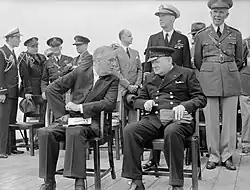Portal:European Union
Introduction
The European Union (EU) is a supranational political and economic union of 27 member states that are located primarily in Europe. The union has a total area of 4,233,255 km2 (1,634,469 sq mi) and an estimated population of over 450 million as of 2025. The EU is often described as a sui generis political entity combining characteristics of both a federation and a confederation. Containing 5.5% of the world population in 2023, EU member states generated a nominal gross domestic product (GDP) of around €17.935 trillion in 2024, accounting for approximately one sixth of global economic output. Its cornerstone, the Customs Union, paved the way to establishing an internal single market based on standardised legal framework and legislation that applies in all member states in those matters, and only those matters, where the states have agreed to act as one. EU policies aim to ensure the free movement of people, goods, services and capital within the internal market; enact legislation in justice and home affairs; and maintain common policies on trade, agriculture, fisheries and regional development. Passport controls have been abolished for travel within the Schengen Area. The eurozone is a group composed of the 20 EU member states that have fully implemented the EU's economic and monetary union and use the euro currency. Through the Common Foreign and Security Policy, the union has developed a role in external relations and defence. It maintains permanent diplomatic missions throughout the world and represents itself at the United Nations, the World Trade Organization, the G7 and the G20. In 2020, the United Kingdom became the only member state to leave the EU; ten countries are aspiring or negotiating to join it. (Full article...) Selected article.jpg) The Treaty of Lisbon or Lisbon Treaty (initially known as the Reform Treaty) is an international agreement which amends the two treaties which form the constitutional basis of the European Union (EU). The Lisbon Treaty was signed by the EU member states on 13 December 2007, and entered into force on 1 December 2009. It amends the Maastricht Treaty (also known as the Treaty on European Union) and the Treaty establishing the European Community (TEC; also known as the Treaty of Rome). In this process, the Rome Treaty was renamed to the Treaty on the Functioning of the European Union (TFEU). Prominent changes included the move from unanimity to qualified majority voting in several policy areas in the Council of Ministers, a change in calculating such a majority to a new double majority, a more powerful European Parliament forming a bicameral legislature alongside the Council of ministers under the ordinary legislative procedure, a consolidated legal personality for the EU and the creation of a long-term President of the European Council and a High Representative of the Union for Foreign Affairs and Security Policy. The Treaty also made the Union's bill of rights, the Charter of Fundamental Rights, legally binding. Selected picture Photograph: David Iliff The House of the Blackheads is a building in the old town of Riga, Latvia. The original building was erected during the early 14th century for the Brotherhood of Blackheads, with major work completed in 1580 and 1886. In 1941, the original building was bombed by the Germans; the ruins were demolished by the Soviets seven years later. The current reconstruction was erected from 1995 to 1999.
Did you know?...that Romania and Bulgaria became full members of the European Union on January 1, 2007? ...that the European Union's member states combined represent the world's largest economy by GDP, larger than the United States, the People's Republic of China, and Japan, the seventh largest territory in the world by area and the third largest by population after China and India? Selected cityBratislava is the capital of Slovakia and the country's largest city, with a population of some 450,000. Bratislava is the political, cultural and economic centre of Slovakia. It is the seat of the Slovak presidency, parliament and government as well as home to several universities, museums, theatres, galleries and other national economic, cultural and educational institutions. Most of Slovakia's large businesses and financial institutions have their headquarters in Bratislava. The city's past has been characterized by the strong influence of various peoples, including Slovaks, Germans, Hungarians, Czechs, Austrians and Jews. Bratislava still retains its cosmopolitan spirit. It hosts many festivals and trade shows and it is famous for its night life and leisure facilities. General imagesThe following are images from various European Union-related articles on Wikipedia.
TopicsFeatured contentFeatured articles
Featured lists
Featured content
Good articles
CategoriesSelect [►] to view subcategories
European Union European Union-related lists European Border and Coast Guard Bosnia and Herzegovina and the European Union Buildings and structures of the European Union Demographics of the European Union E-government in the European Union Economy of the European Union Education in the European Union European Union and the environment European Union passports Geography of the European Union Government procurement in the European Union Health and the European Union History of the European Union Human rights in the European Union European Union images European Union law European Union affairs by member state Military of the European Union Organisations related to the European Union European Union people Politics of the European Union Prague Declaration on European Conscience and Communism European Union and science and technology European Union society Works about the European Union European Union stubs Related portalsAssociated WikimediaThe following Wikimedia Foundation sister projects provide more on this subject:
Discover Wikipedia using portals
|
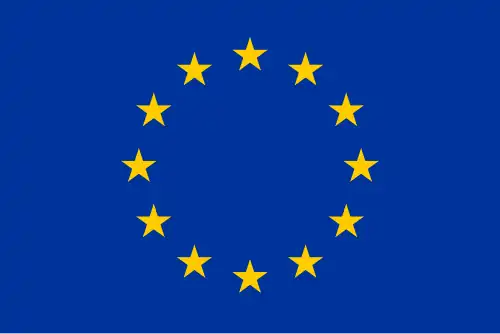

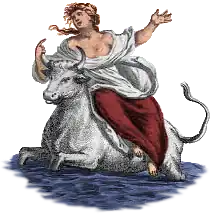
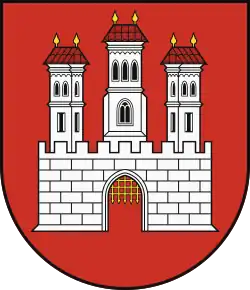
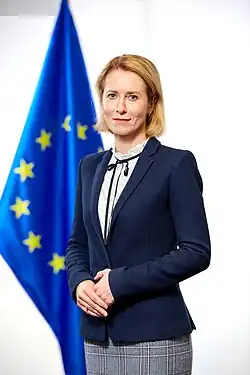
.jpg)

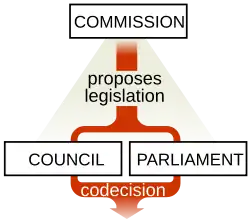

.jpg)
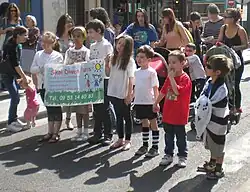

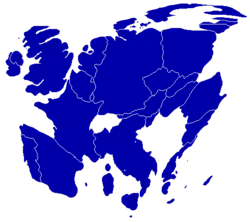
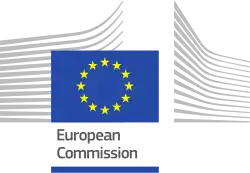

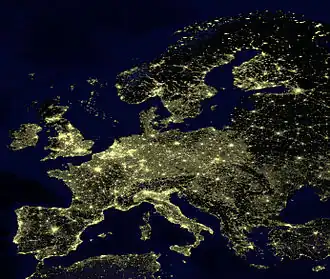
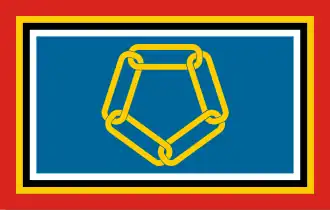


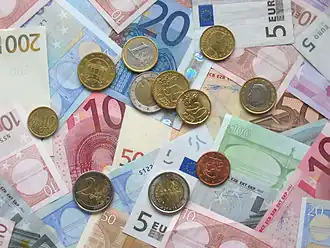

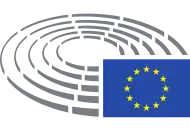
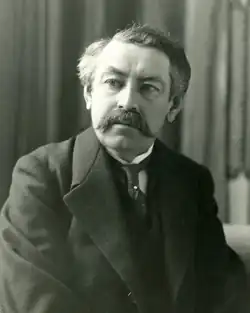
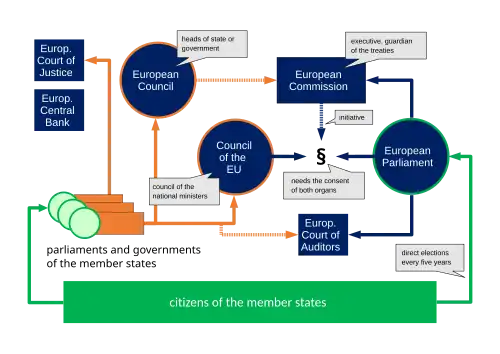
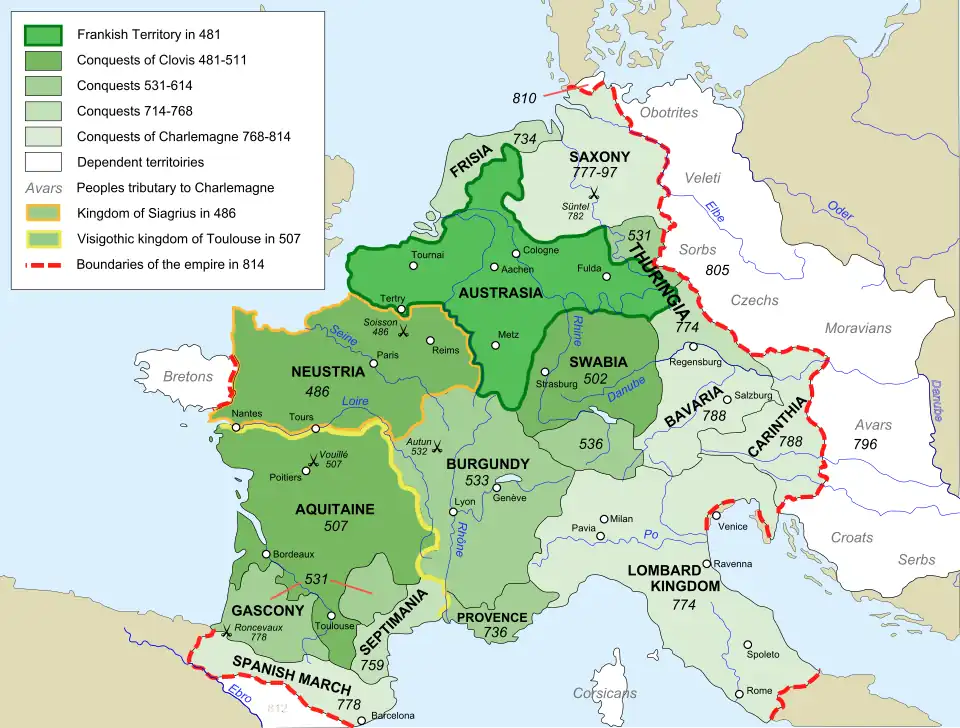
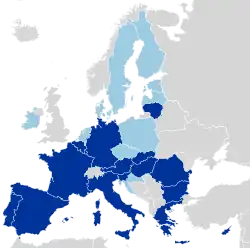

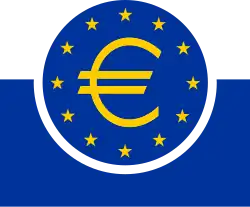
.jpg)

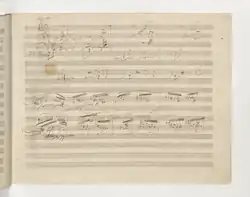
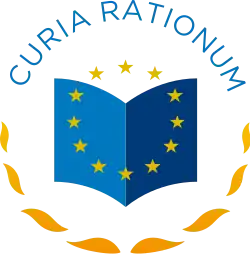
_population_pyramid_in_2023_(2).svg.png)



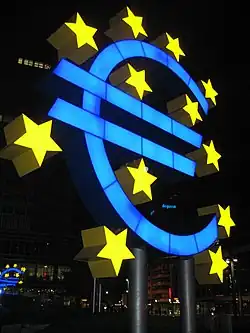
.png)
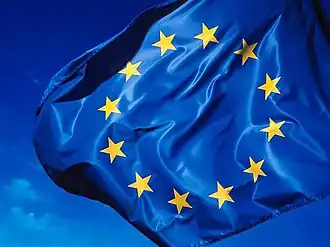
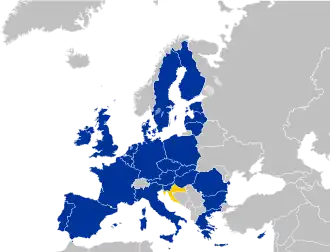
.jpg)
